Patent application suggests that the notch won't disappear until iPhone 14 at the earliest
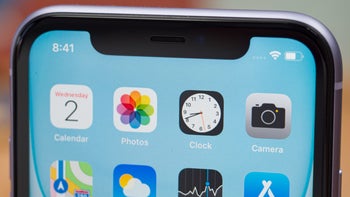
Apple is looking to further reduce the size of the bezels on the iPhone and the iPad. To do that, the company is going to have to remove sensors that are placed behind the bezels and place them under the screen instead. Last month, ZTE introduced the first 5G phone to sport an under-display selfie snapper. The ZTE Axon 20 5G has both a camera and a fingerprint scanner hidden under the display allowing the device to offer a high screen-to-body ratio without having to use a notch, a pop-up selfie snapper, punch-holes, or any other design trick that manufacturers have tried in order to whittle away at the size of the bezels.
Apple seeks a patent on technology allowing it to move iPhone sensors under the display
Apple also plans on doing some whittling of its own according to a patent application released today by the U.S. Patent and Trademark Office (USPTO). The title is a mouth full, "Sensing System for Detection of Light Incident to a Light Emitting Layer of an Electronic Device Display." While an image on an iPhone screen is made up of individual pixels, between the pixels light sensors can be placed. As an alternative, these sensors could also be located along the sides of the active display. Or as Apple explains in the patent application, "the individual light sensors are disposed in inter-pixel regions of the active display area. (Or) the individual light sensors of the light sensing system are disposed additionally or alternatively along a perimeter of the active display area, adjacent to pixels that define the active display area."
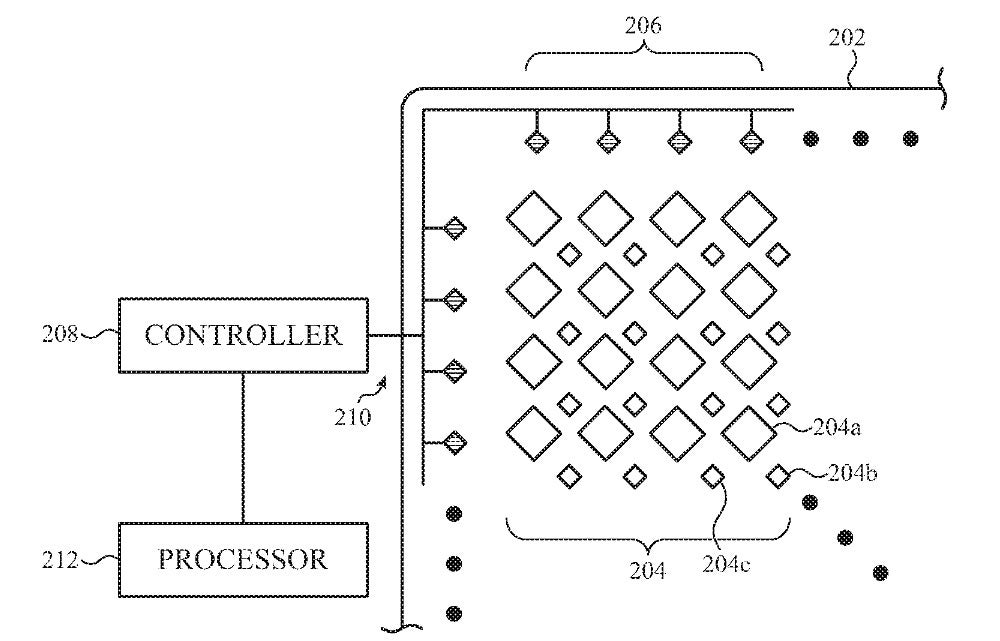
Apple seeks a patent on technology that places iPhone sensors under the display
In a section of the patent application, Apple describes some of the sensors that it is testing under the display of a mobile device. The document says, "In many embodiments, the light sensing system is used as an ambient light sensor, but this is merely one example and in other implementations the light sensing system can be suitably configured to be used as, or with: an optical imaging system (e.g. camera, light field sensor, depth sensor, fingerprint imaging sensor, iris or retina imaging system, and so on); a touch input sensor; a force input sensor; a biometric measurement system (e.g., photoplethysmogram sensor, blood oxygenation sensor, respiration sensor, and so on); and so on."
The patent application points out that the sensors can be sensitive to different types of light. As Apple says, "The photodiodes can be configured to be sensitive to infrared light, visible light, and/or light within a particular band of light (e.g., a particular color or range of colors of light). In different implementations, different photodiodes of the array of photodiodes can be configured to be sensitive to different bands of light. For example, in one embodiment, a first subset or subgroup of the array of photodiodes can be configured to be sensitive to infrared light, whereas a second subset or subgroup of the array of photodiodes can be configured to be sensitive to light of a particular color." Redundant sensors will also be placed under the display just in case the first sensor is covered up by the user's hand blocking it from working.
Just yesterday, Twitter tipster Ice Universe disseminated a tweet calling for a revised notch for the iPhone as soon as next year's iPhone 13. But the word from the tipster is that Apple will be changing the size of the notch, not doing away with it completely. Since that would most likely be the end result of moving the FaceTime camera under the screen, we most likely won't see the technology in the patent used next year. It might not be until 2022's iPhone 14 models before Apple gets rid of the notch completely and moves all of the necessary sensors under the display.




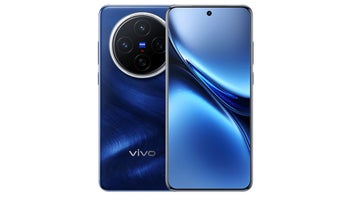
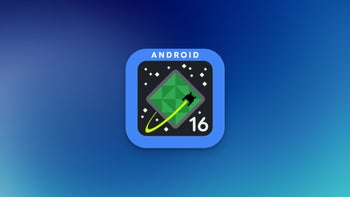
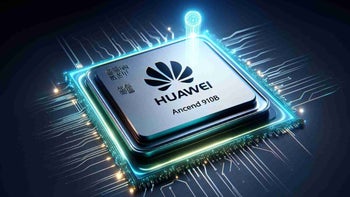
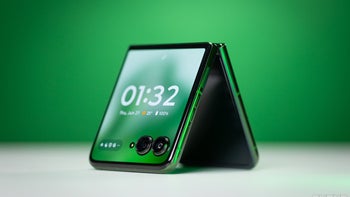
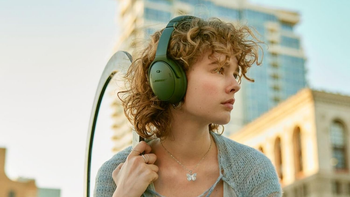
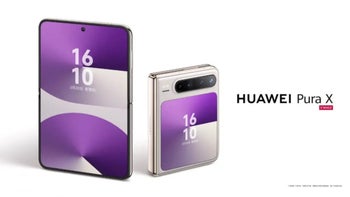
Things that are NOT allowed: